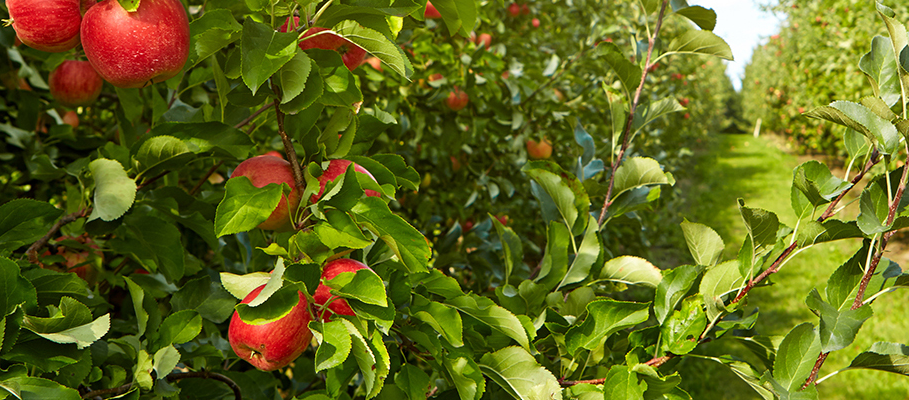The climatic conditions have varied notably during these last decades. More growing areas are also dedicated with climates where these temperature and humidity conditions reach critical point values for many crops. Maintaining high-yielding crops, whether under greenhouse or outdoors, is a challenge for many farmers.
Glycine Betaine protects crops against water and thermal stress. The response of crops, treated, improves when they faced adverse conditions, increasing their productive yield.
Glycine betaine promote better absorption of the treatment. The Glycine betaine acts as osmoprotector, regulating the water exchange cells, improving the resistance of plants to stress caused by drought, extreme temperatures or salinity. It also increases the capacity of the crop to carry out photosynthesis, leading to an efficient intake of nutrients and increased production and quality.
The Glycine betaine is chemically speaking a quaternary amine. It is a non-ionic compound that plants synthesize as an adaptive response to situations of water deficit, producing an osmoprotective effect at cellular level.
Its application can be carried out by foliar application and by soil application through irrigation water, at any time and for all types of crops.
Its use is recommended on a regular basis throughout the growing cycle.
Its contribution at the beginning stage of the crop improves the rooting, the applications in pre-flowering and flowering favours the fruit setting and those carried out at the time of fattening improve their quality and flavour.

Glycine Betaine is indicated in all those crops in which it’s intended to get the most out of your investment: Fruit vegetables (tomato, pepper, aubergine, etc.), industrial tomato, leafy vegetables (lettuce, cabbage, broccoli, etc.), stone and pome fruit trees, citrus fruits, strawberries, vine, olive, banana, cereals, potato, and tropical crops for example.